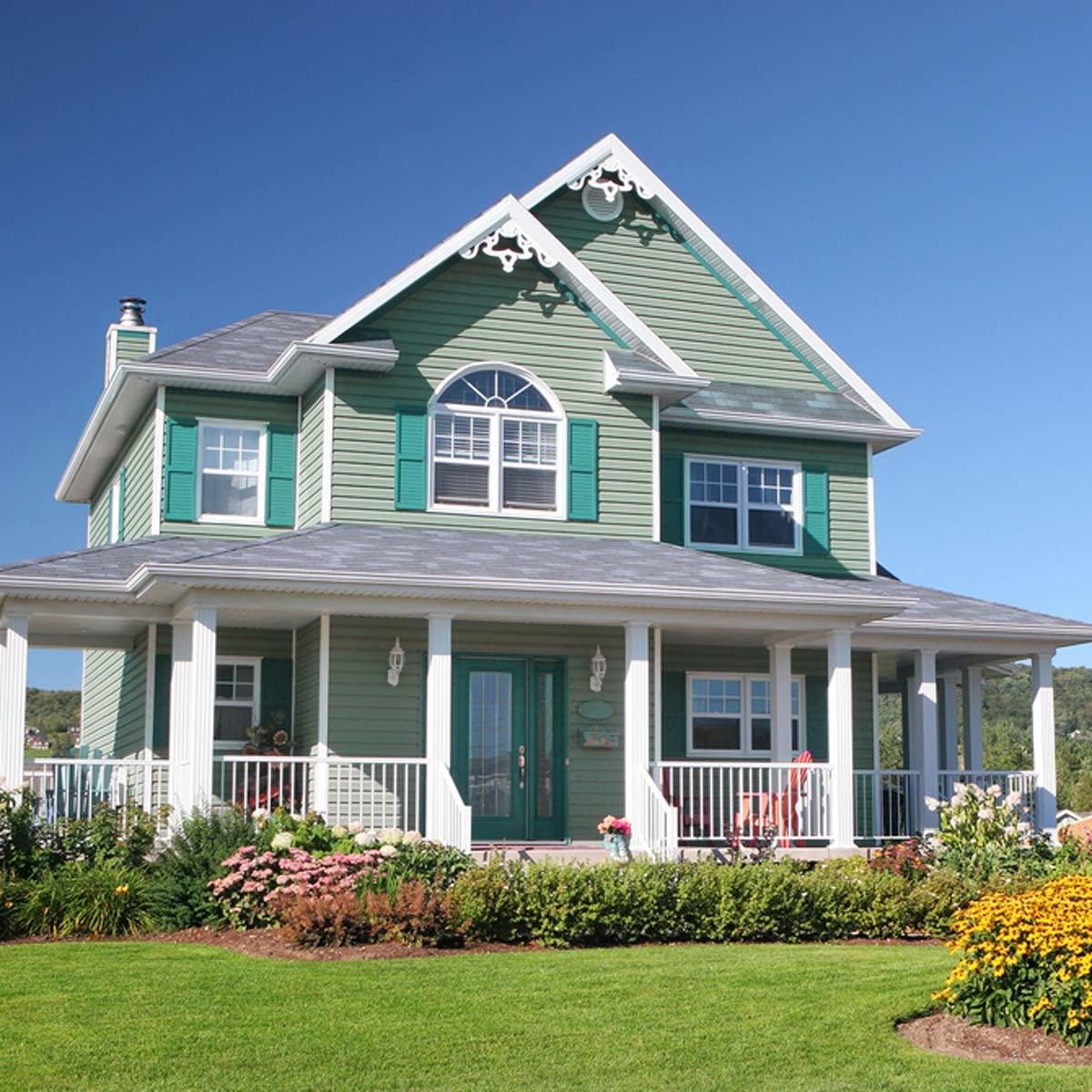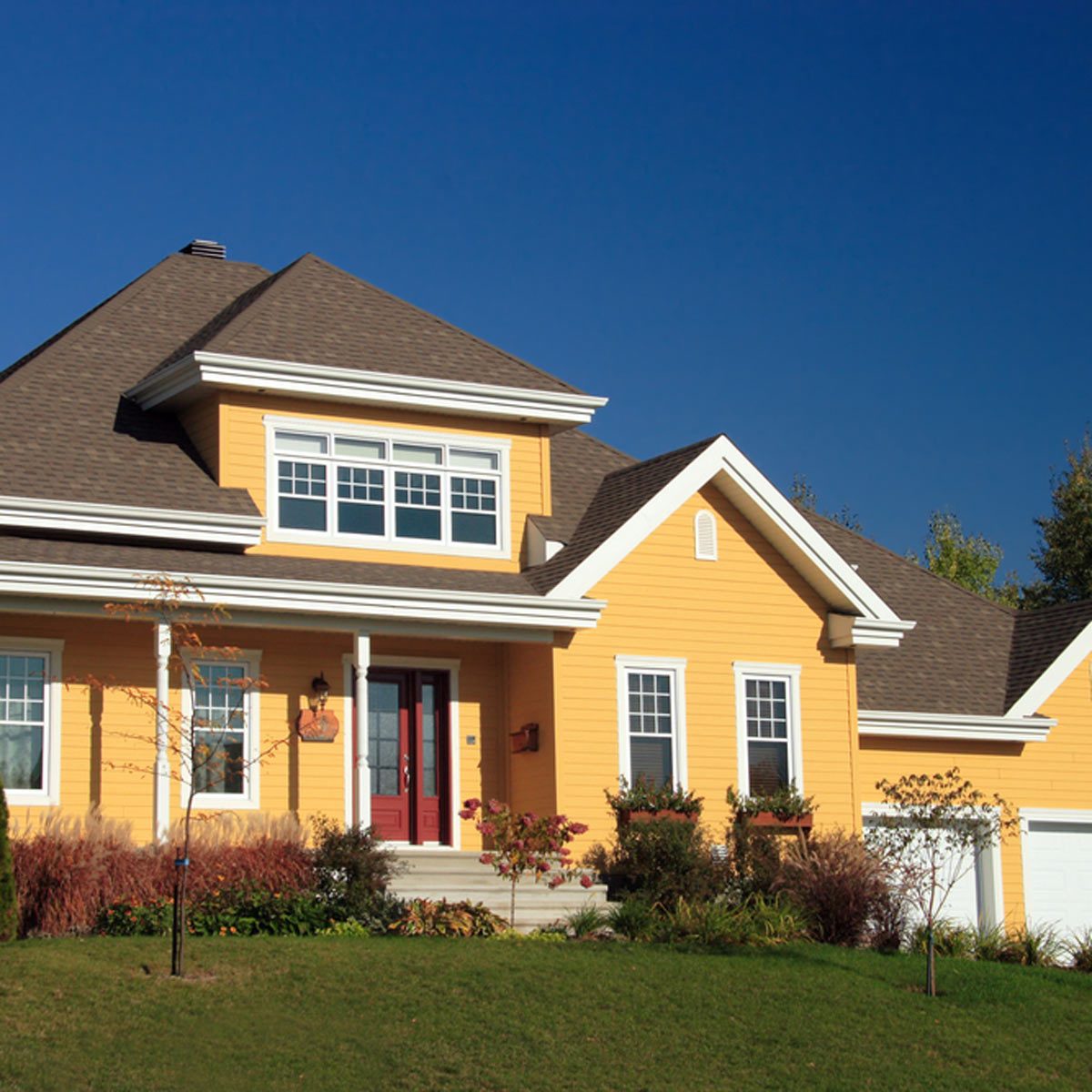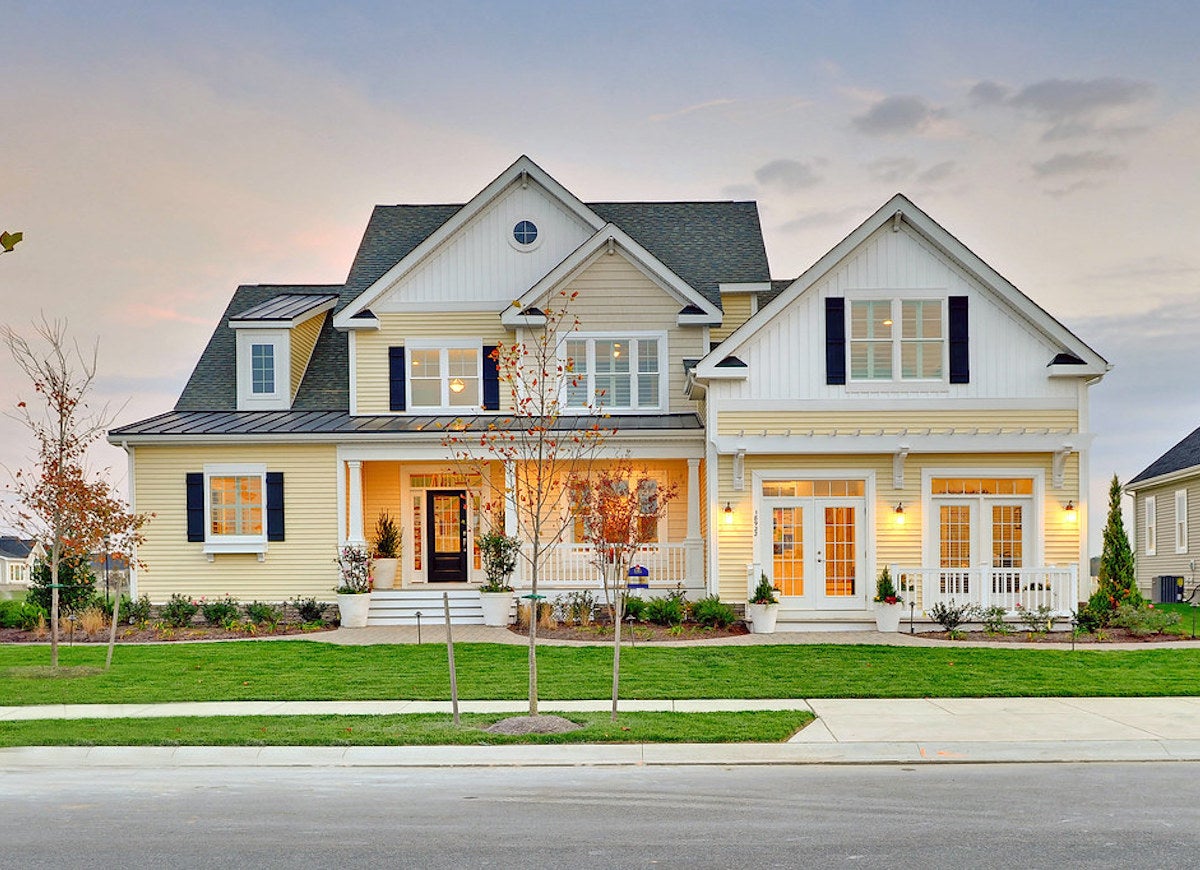The Importance of Choosing the Right Exterior House Colors

When it comes to the overall look and feel of your home, the exterior house colors play a significant role. Not only do they create the first impression for visitors, but they also reflect your personal style and taste. Choosing the right colors for your house exterior can enhance its curb appeal, increase its value, and make it stand out in the neighborhood.
Factors to Consider When Selecting Exterior House Colors

Before finalizing the colors for your house exterior, it's essential to consider several factors. These include the architectural style of your home, the surrounding landscape, and the overall ambiance you want to create. Additionally, you should also take into account the local climate and the impact of sunlight on color fading over time.
Popular Exterior House Color Palettes

There are various popular exterior house color palettes that can help you achieve the desired look for your home. Some homeowners prefer classic and timeless combinations, such as white with black accents or neutral shades with a pop of color. Others opt for more vibrant and bold choices, such as bright blues or deep reds, to make a statement in their neighborhood.
The Role of Color Psychology

Color psychology plays a significant role in influencing our emotions and perceptions. When selecting exterior house colors, it's essential to consider the emotions you want to evoke. For example, warm and earthy tones like beige and brown can create a welcoming and cozy atmosphere, while cool shades like blue and green can promote a sense of relaxation and tranquility.
Contrasting and Complementary Colors

Using contrasting and complementary colors can add depth and visual interest to your house exterior. Contrasting colors are those that sit opposite each other on the color wheel, such as black and white, or blue and orange. Complementary colors, on the other hand, are next to each other on the color wheel and create a harmonious look when combined, like green and yellow.
Considering the Surrounding Landscape

Your home's exterior colors should also harmonize with the surrounding landscape. Take cues from the natural elements around your property, such as the color of trees, flowers, or the ocean. Blending your house colors with the environment can create a cohesive and visually pleasing look, making your home seamlessly blend into its surroundings.
Light and Dark Shades

Light and dark shades have different effects on the overall appearance of your home. Light colors tend to make a house look larger and more open, while dark colors can create a sense of depth and coziness. Consider the size and architecture of your home when deciding between light and dark shades to achieve the desired visual impact.
Testing Colors Before Committing

Before finalizing your exterior house colors, it's advisable to test them on a small area of your home's exterior. Paint swatches or sample pots can help you visualize how the colors will look in different lighting conditions. Additionally, consider the color of your roof, windows, and other architectural elements to ensure a cohesive and balanced look.
Maintaining Exterior House Colors
/exterior_house-56a193115f9b58b7d0c0c3e4.jpg)
Maintaining the exterior house colors is crucial to preserve the overall appearance of your home. Regular cleaning, repainting when necessary, and addressing any signs of fading or damage are essential to keep your house looking fresh and appealing. Additionally, choosing high-quality paints and finishes can provide better durability and longevity.
In Conclusion
Choosing the right exterior house colors is a significant decision that can greatly impact the overall look and value of your home. By considering factors such as architectural style, surrounding landscape, color psychology, and testing colors before committing, you can create a visually appealing and harmonious exterior. Regular maintenance and upkeep are also essential to ensure your house colors remain vibrant and appealing for years to come.